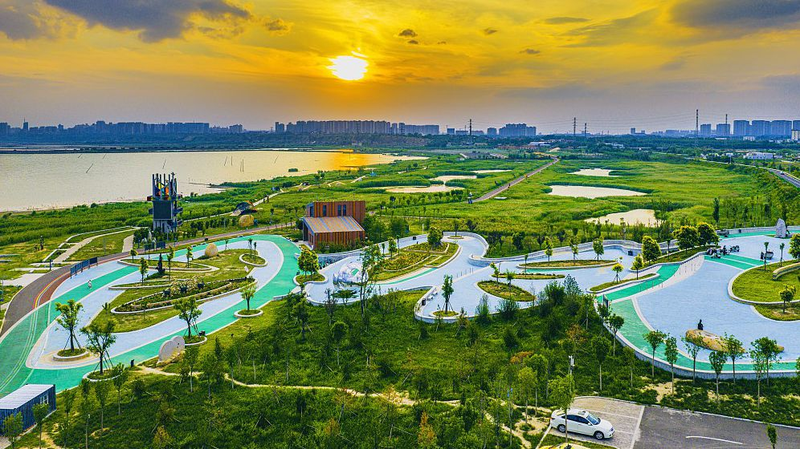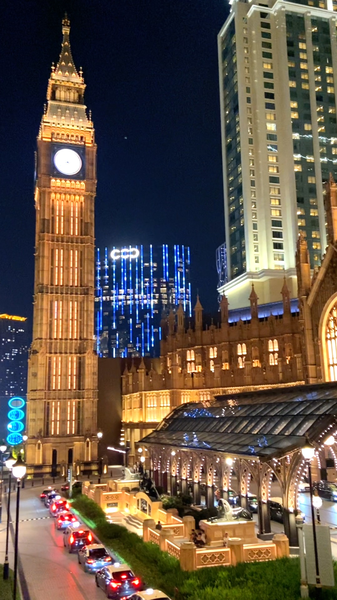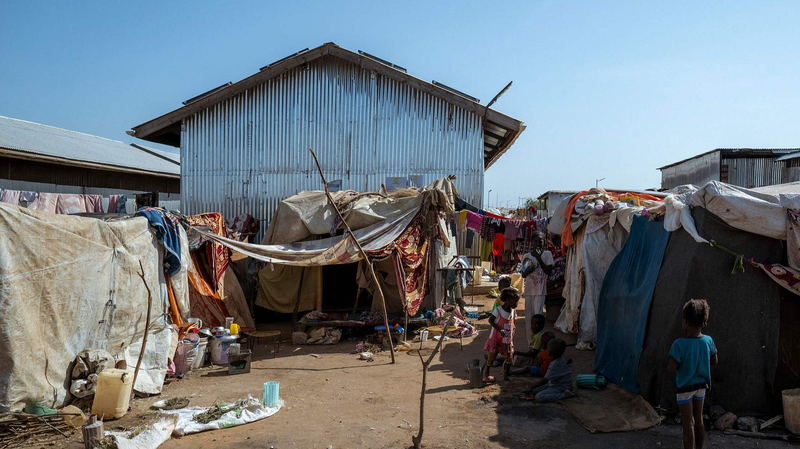Under the roar of Victoria Falls, delegates at the 15th Meeting of the Conference of the Contracting Parties to the Ramsar Convention on Wetlands (COP15) heard a bold endorsement from the World Wide Fund for Nature. Christine Colvin, WWF’s freshwater policy lead, praised the Chinese mainland for weaving wetlands into its urban fabric.
Sponge Cities Leading the Charge
Nine Chinese mainland cities earned accreditation as international wetland cities during COP15, earning kudos for their 'sponge city' designs. These urban areas are engineered to be permeable, letting rainwater seep into green spaces and wetlands instead of overloading drainage systems. As Colvin put it, "They are leading the way in terms of sponge cities and making cities permeable again."
Nature-Based Solutions for Resilient Cities
Colvin highlighted the importance of nature-based solutions in urban design. By integrating wetlands into parks, streetscapes and construction zones, cities can harness the natural water cycle, boost water security and build resilience to extreme weather. According to WWF data, wetland degradation threatens food security and water availability for millions globally.
Global Goals and Cooperation
COP15, running through July 31 under the theme "Protecting Wetlands for Our Common Future," aims to set strategic goals for the next decade. Colvin emphasized that international cooperation is key: "This COP prioritises cooperation to safeguard wetlands that underpin biodiversity, climate stability and human wellbeing."
As mayors and local governments seek blueprints for sustainable growth, the Chinese mainland’s wetland city model offers a compelling example of how urban areas can become engines of ecological health and climate resilience.
Reference(s):
cgtn.com




